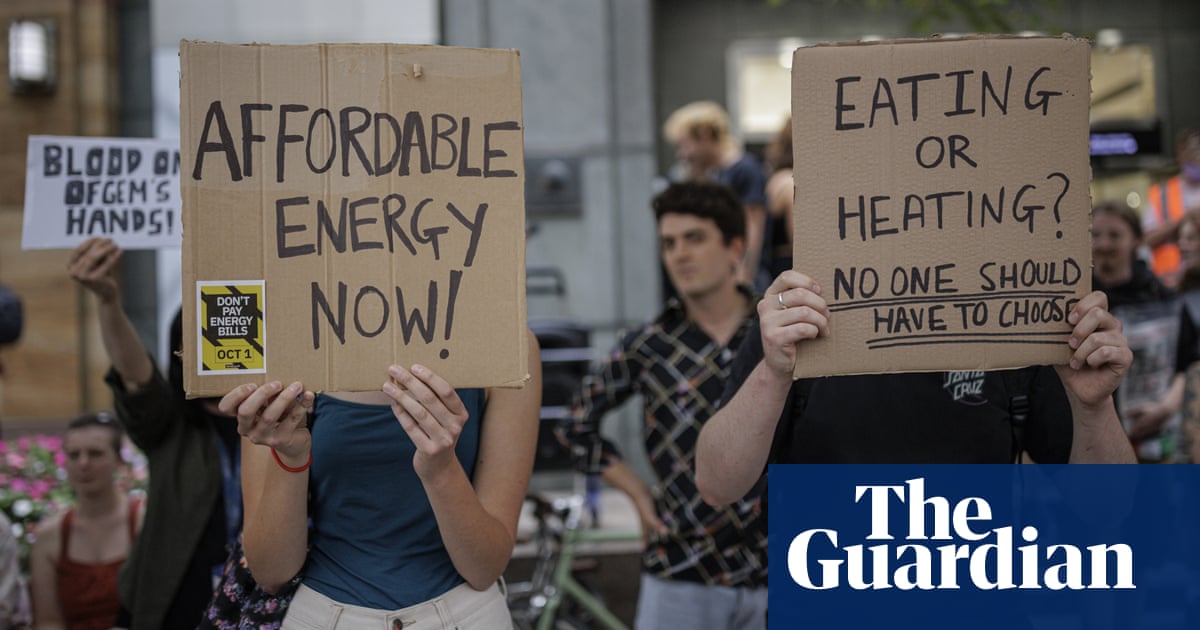
Electricity was cut to Yemen’s capital four years ago after war broke out
Only 10 percent of the population are estimated to have access to electricity after the conflict began
SANAA: When electricity was cut to Yemen’s capital four years ago after war broke out, Ebrahim Al-Faqih saw a gap in the market and started selling solar panels.
Faqih is part of a booming solar sector transforming lives and energy sustainability in Yemen, a poor country with scant rural power access even before conflict knocked out most of the national grid.
“Even people who used to work selling food moved to work in solar energy because of the high demand,” Al-Faqih said from his shop in Sanaa selling solar water heaters and panels imported from India and China.
The UN estimates that only 10 percent of the population had access to electricity after the conflict began.
Many areas need pumps to bring drinking and irrigation water to the surface and fuel shortages have also made water hard to come by.
“Electricity these days is not just for lighting — electricity is life,” said Muhammad Yahya, whose home in Sanaa is powered by rooftop solar panels.
He sees solar energy as a stopgap measure for those who can get it and hopes everyone will have mains electricity when the war ends.
Solar farming
Sanaa is controlled by the Iranian-backed Houthis. There is no state power supply to Sanaa and many other areas, and buying a diesel generator or hooking up to a neighborhood generator is polluting and too expensive for many people.
“Alternative energy is better, it changed my life dramatically. Now I barely rely on normal electricity,” said Sanaa resident Akram Noman.
He wants tax reforms to encourage solar energy use, and loans for farmers to buy solar systems.












